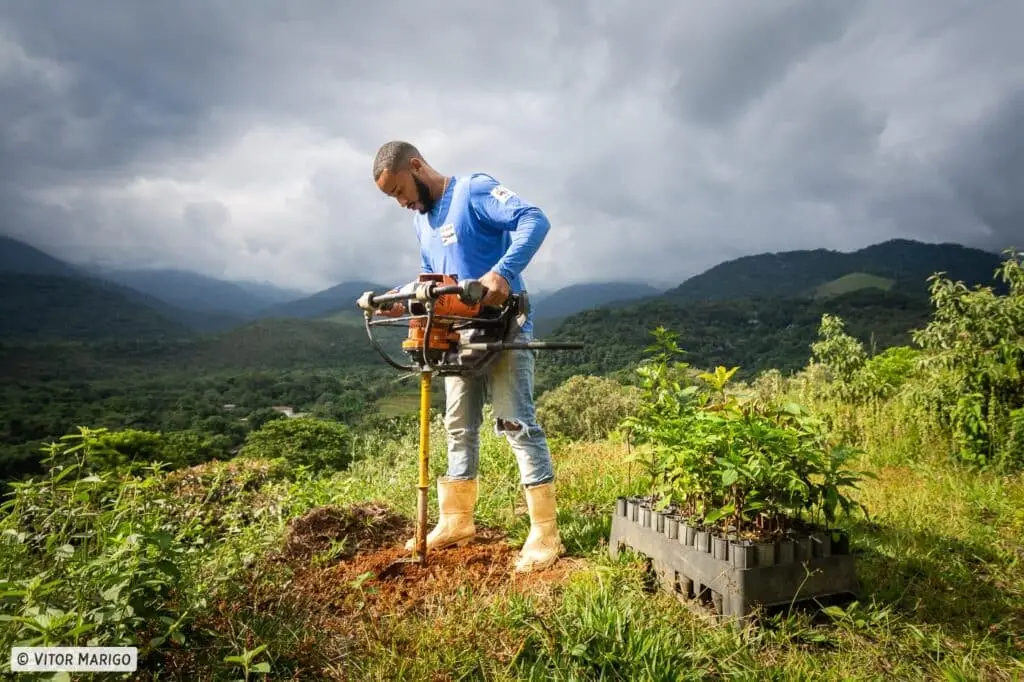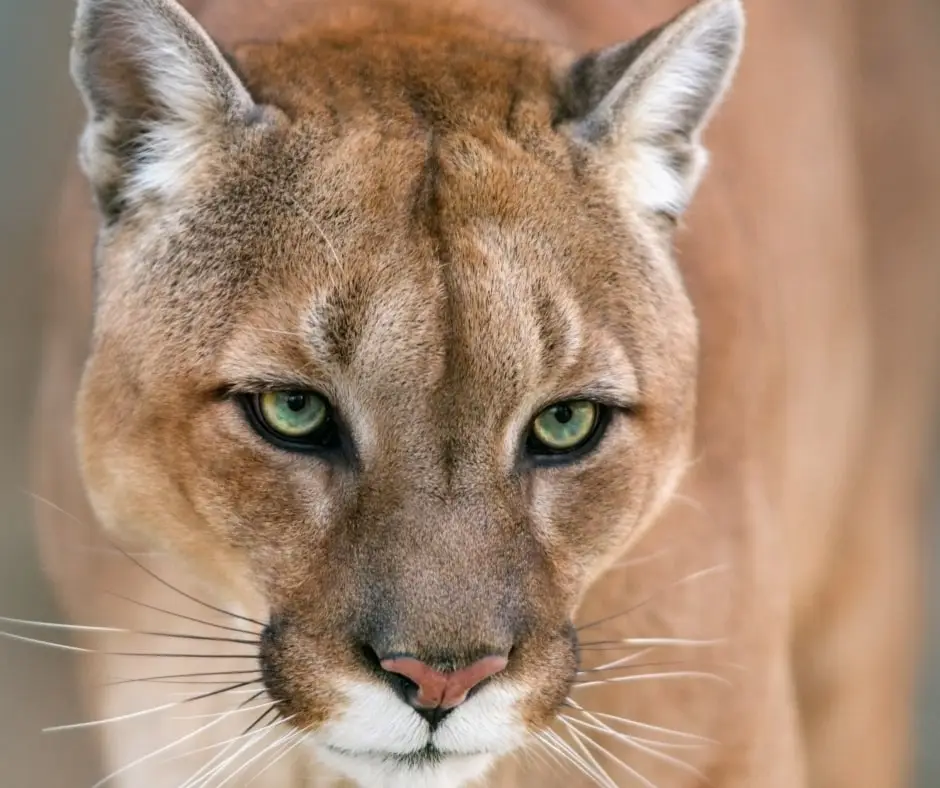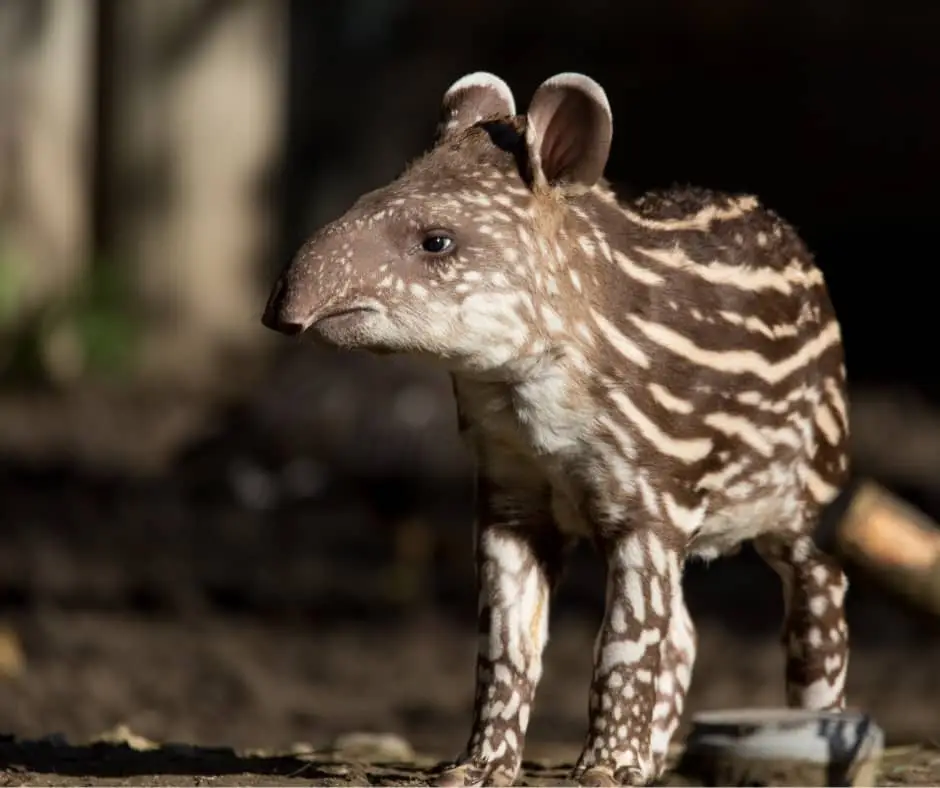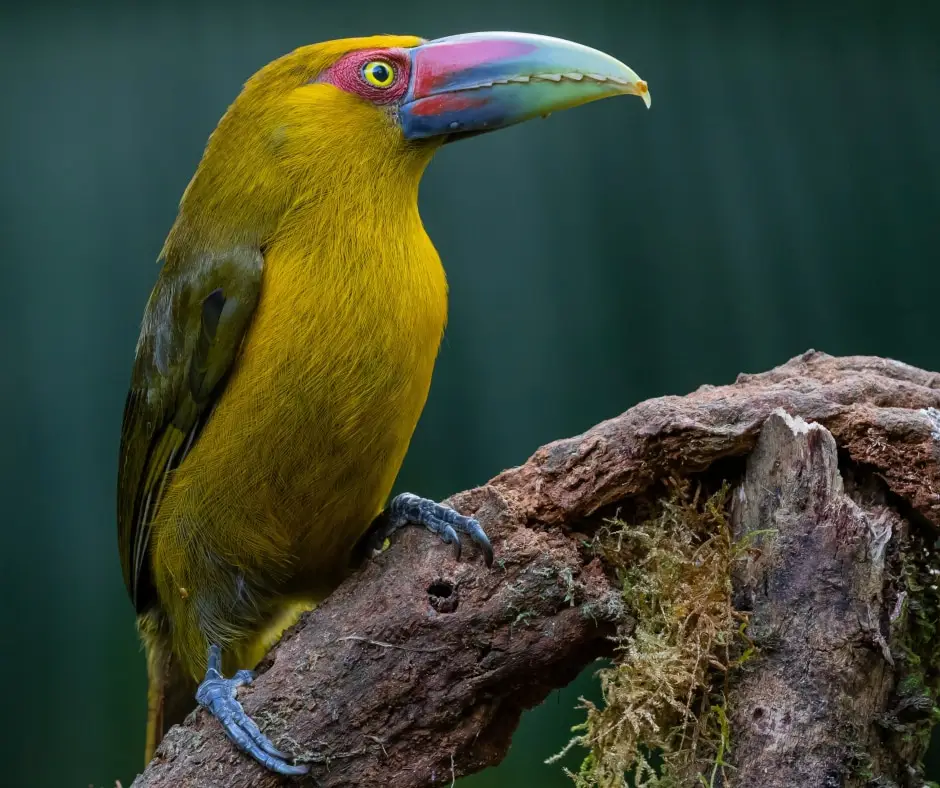Planting Trees and Hope in the Atlantic Forest of Brazil
Veronika Perková, Journalist & Host of the podcast Nature Solutionaries sits down with Micaela Locke, REGUA’s Research and Communications Coordinator to talk about her family’s dedication to Brazil’s “other” rainforest.
When Micaela Locke, a young Brazilian conservationist, speaks about her work at Guapiaçu Nature Reserve, she is radiant. No wonder. It’s rare to come across such a nice conservation story. Her family’s property, which could have been turned into a condominium or a factory back in the 1990s, has instead become a vibrant 11,000-hectare nature reserve buzzing with wildlife.
In this interview, Micaela Locke talks about protecting biodiversity in the Atlantic Forest in Brazil and creating a corridor for wildlife by planting trees sourced from seeds the surrounding rainforest.




